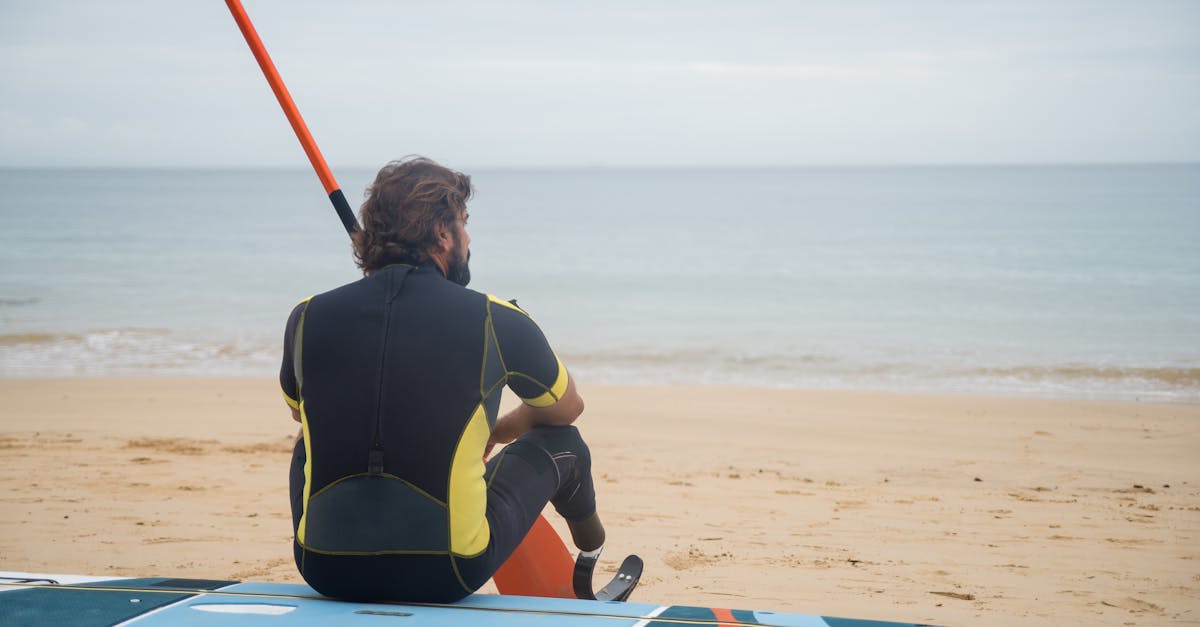Nestled along the pristine shores of Florida lie the enchanting sea turtle nesting beaches, where nature’s ancient ritual unfolds with grace and wonder.
Join us as we investigate into the intriguing area of these majestic creatures and the vital role these beaches play in their survival.
From the gentle rustle of palm fronds to the soft glow of moonlit sands, these nesting grounds hold secrets that have captivated generations.
Let’s begin on a journey to explore the magic and mystery of Florida’s sea turtle nesting beaches, where every grain of sand tells a tale of resilience and hope.
Key Takeaways
- Sea turtle nesting beaches in Florida are essential habitats for endangered sea turtles, where they continue their ancient cycle of laying eggs from March to October.
- Protecting and preserving these nesting beaches is crucial for the survival and conservation of sea turtle species worldwide.
- Florida is home to various sea turtle species like the Loggerhead, Green, Leatherback, and Hawksbill, each playing a vital role in the ecosystem.
- Conservation efforts for sea turtles in Florida involve nesting beach monitoring, beach restoration, lighting regulations, and reducing plastic pollution.
- Collaborative efforts by organizations, government agencies, and individuals are necessary to ensure the continued existence of sea turtles and their nesting beaches in Florida.

Overview of Sea Turtle Nesting
When it comes to sea turtle nesting beaches in Florida, these shores are not just sandy stretches by the ocean. They are crucial habitats for endangered sea turtles. Every year, from March to October, these ancient mariners make their way back to the same spot where they were born. Sea turtles come ashore to lay their eggs, continuing a cycle that has lasted for millions of years.
Here, on the shores of Florida, we witness the incredible journey of sea turtles as they emerge from the waves, find their way up the beach, and carefully dig their nests. Once the eggs are laid, the mothers cover them with sand and return to the ocean, leaving behind a new generation of turtle hatchlings.
For more information on the different species of sea turtles that nest in Florida, check out this link to the Florida Fish and Wildlife Conservation Commission.
Importance of Sea Turtle Nesting Beaches
Sea turtle nesting beaches are crucial for the survival of these amazing creatures. Florida’s coastline serves as a sanctuary where sea turtles lay their eggs, continuing their ancient cycle. Without these nesting beaches, sea turtles would struggle to reproduce and maintain their populations.
These beaches provide a safe environment for sea turtles to dig their nests, lay their eggs, and ensure the next generation’s survival. The natural process of nesting on these beaches plays a vital role in supporting sea turtle populations worldwide.
By protecting and preserving these nesting beaches, we contribute to the conservation of endangered sea turtle species. It is our responsibility to safeguard these habitats to ensure the continued existence of sea turtles for generations to come.
For more information on the importance of sea turtle nesting beaches, visit the Florida Fish and Wildlife Conservation Commission.
| Links |
|---|
| Florida Fish and Wildlife Conservation Commission |

Different Sea Turtle Species in Florida
Florida is home to several sea turtle species. The most common ones found nesting on Florida’s beaches are:
- Loggerhead Sea Turtle: Known for their large heads and strong jaws.
- Green Sea Turtle: Named for the color of their fat rather than their shells.
- Leatherback Sea Turtle: The largest and most unique of all sea turtles.
- Hawksbill Sea Turtle: Recognizable by their tapered head and sharp beak.
Each species plays a crucial role in the ecosystem.
To learn more about these incredible sea turtle species, you can visit the Florida Fish and Wildlife Conservation Commission.
Conservation Efforts for Sea Turtles
When it comes to conserving sea turtles and their nesting beaches in Florida, it’s a collective effort that involves various organizations, government agencies, and individuals working together.
Here are some essential conservation initiatives that are fundamental to protecting these amazing creatures:
- Nesting Beach Monitoring: Regular monitoring of nesting activities helps us understand sea turtle behavior and track population trends.
- Beach Restoration: Restoring and maintaining healthy nesting habitats is crucial for the survival of sea turtles.
- Lighting Regulations: Implementing dark sky ordinances helps reduce disorientation of hatchlings caused by artificial lights.
- Reducing Plastic Pollution: Minimizing plastic pollution in the oceans is vital for the well-being of sea turtles.
For more information on sea turtle conservation efforts in Florida, visit the Florida Fish and Wildlife Conservation Commission.
